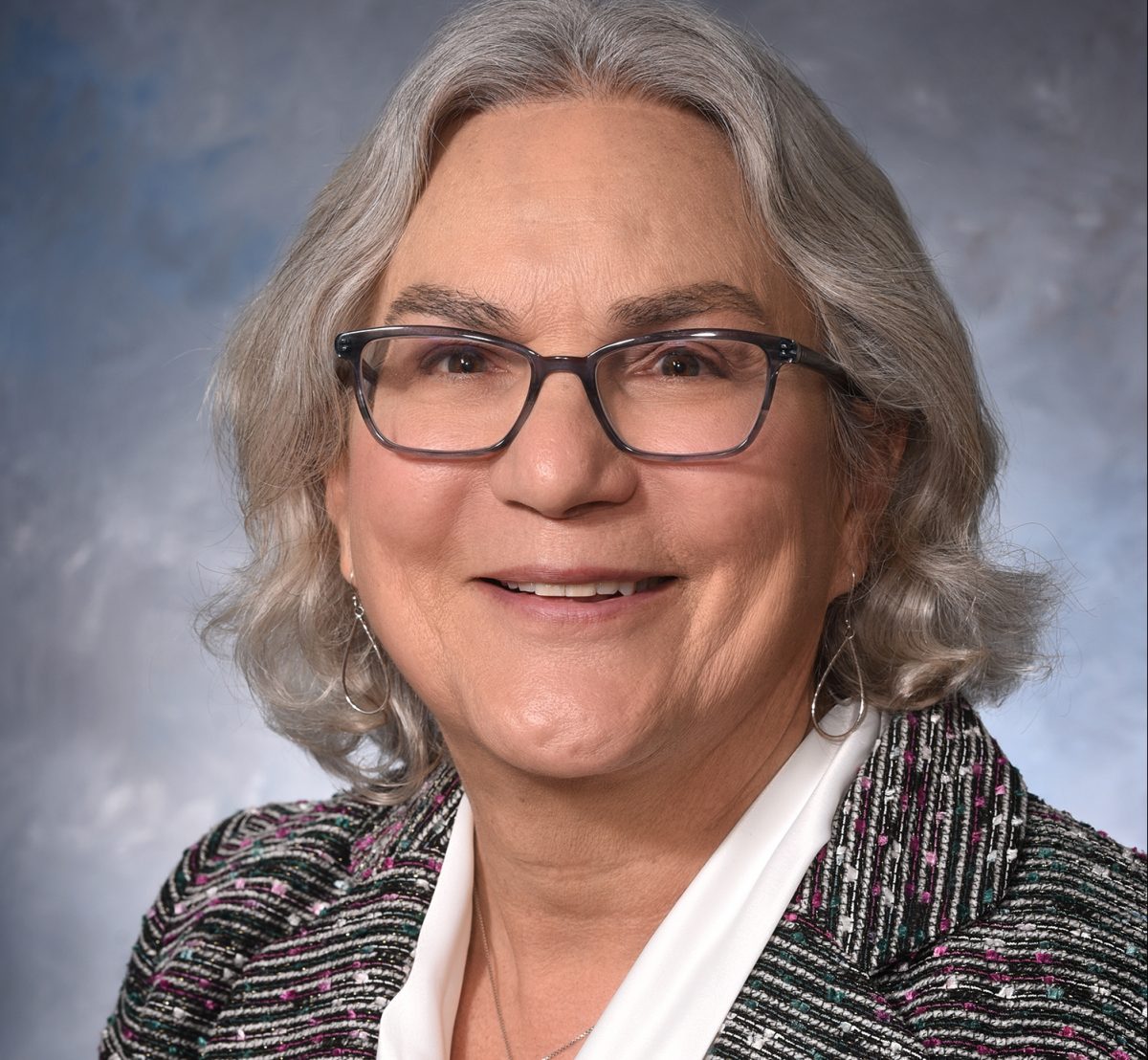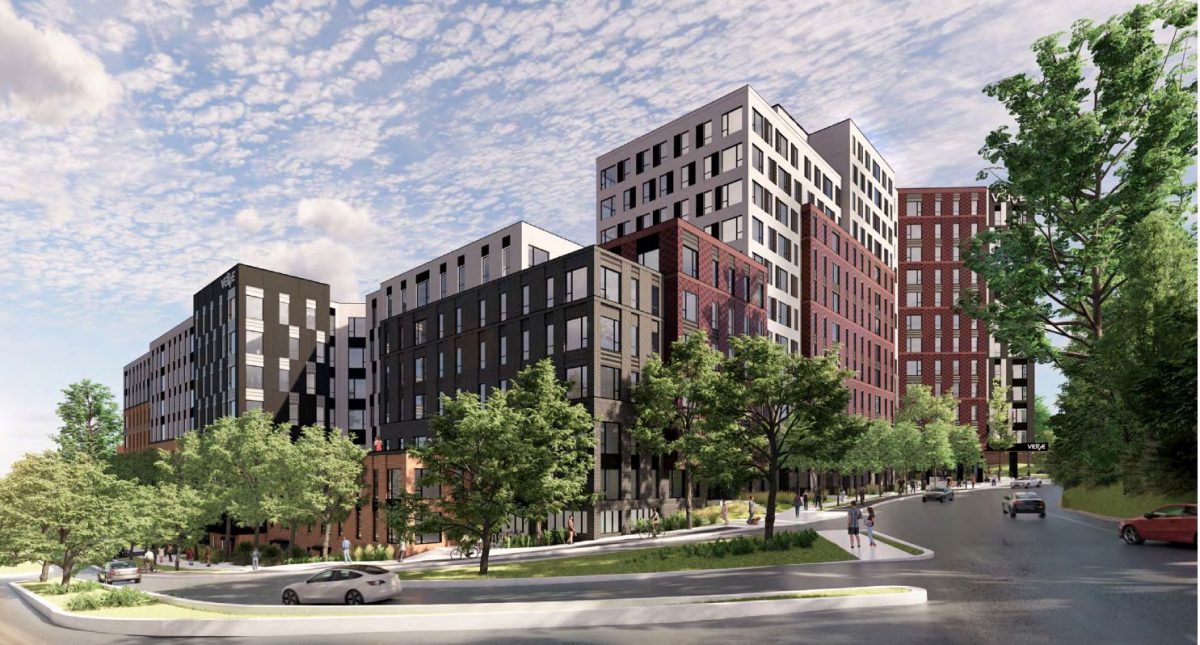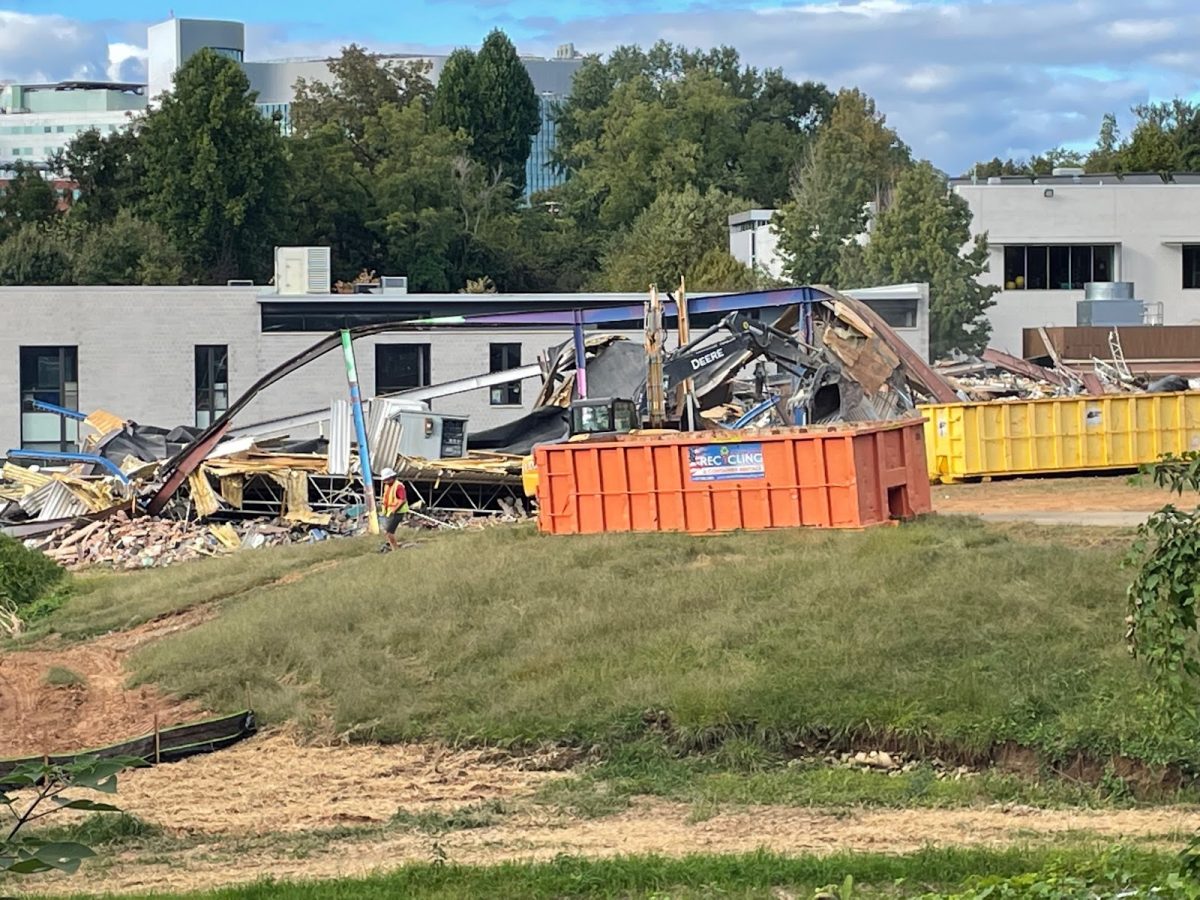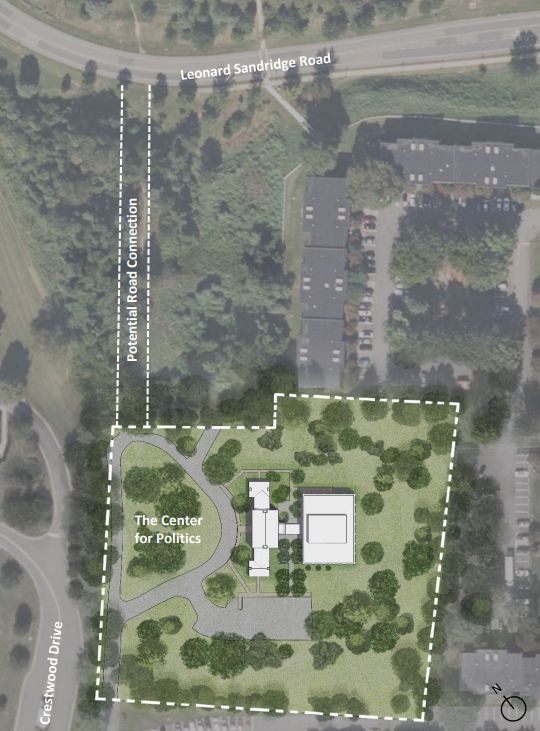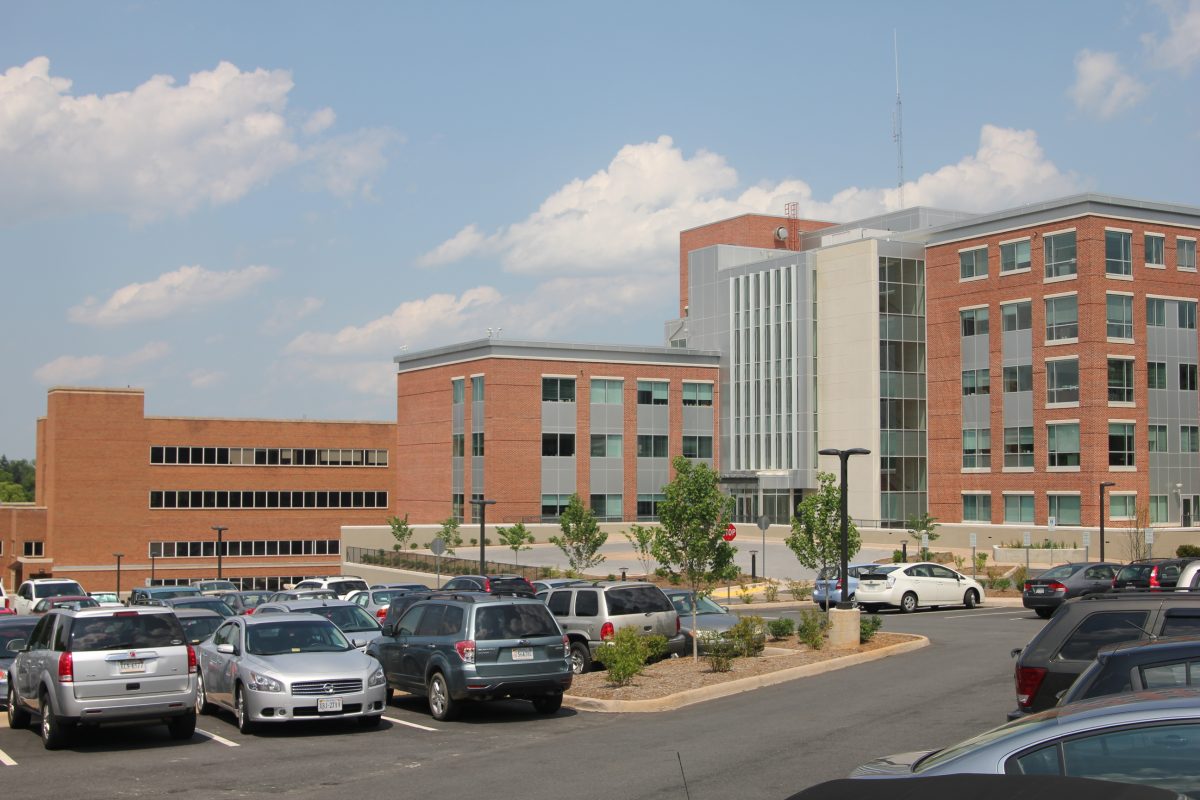There is money to be made if you own property and know the right time to sell. And the odds of making even more money increase with every acre of property you own.
Developer Wendell Wood’s United Land Corporation will take in around $64 million if both Albemarle County and the City of Charlottesville purchase land that the company has been assembling over its 60-plus years of operation.
On November 6, Charlottesville City Council considered spending $5.9 million to buy nearly 24 acres of floodplain land along the Rivanna River that Wood was going to sell to a developer. According to city records, the land was purchased in 1981 for $195,245.
The Planning Commission ruled in September that public roads to support a 245-unit apartment complex would not be consistent with the Comprehensive Plan, and the city in February hired an appraiser to pave the way for the sale.
A decision had not been made by press time, but many have asked council to reconsider the purchase, and have argued that housing is more important than environmental considerations.
“It is counter-productive for the city to pay developers to NOT pursue their by-right ability to build housing,” wrote Steven Johnson of the group Livable Cville in an email to City Manager Sam Sanders. “The city should have confidence in the legality of its decision-making.”
There is less controversy over Albemarle County’s announcement in late May that it would spend $58 million to buy 462 acres near Rivanna Station in northern Albemarle from Wood’s New Generation LLC. Wood has been involved with land purchases in that area for decades, and sold land to the U.S. Army for $1 million, allowing them to move the National Ground Intelligence Center out of downtown Charlottesville in 2001.
Nearly a quarter century later, Albemarle wants to use the land to protect the military base from encroachment and also wants to build a campus for intelligence and high-tech businesses. County officials continue to perform due diligence on what they call Rivanna Futures.
Wood had no comment on either purchase.
According to Hunter Wood, Wendell’s son and United Land Corporation vice president, the company’s first purchase was land on Emmet Street near where there’s currently an Arby’s. United Land Corporation has been involved with the development of many shopping centers on U.S. 29, from Barracks Road Shopping Center in the early 1960s to Hollymead Town Center in the 2000s.
But Wood has not always achieved what he has wanted. In November 2012, county supervisors deadlocked on a motion to consider an expansion of the growth area on Route 20 just east of Mill Creek. The Somerset Farm project would have included up to 1,900 homes, but Wood has not yet come back to ask for an expansion once more.
That may change as Albemarle County continues to review its Comprehensive Plan.
“I am actively following the AC44 process and have been involved with numerous meetings and questionnaires,” said Hunter Wood. “We truly believe that an expansion of the growth area is necessary to meet future needs and demands.”

